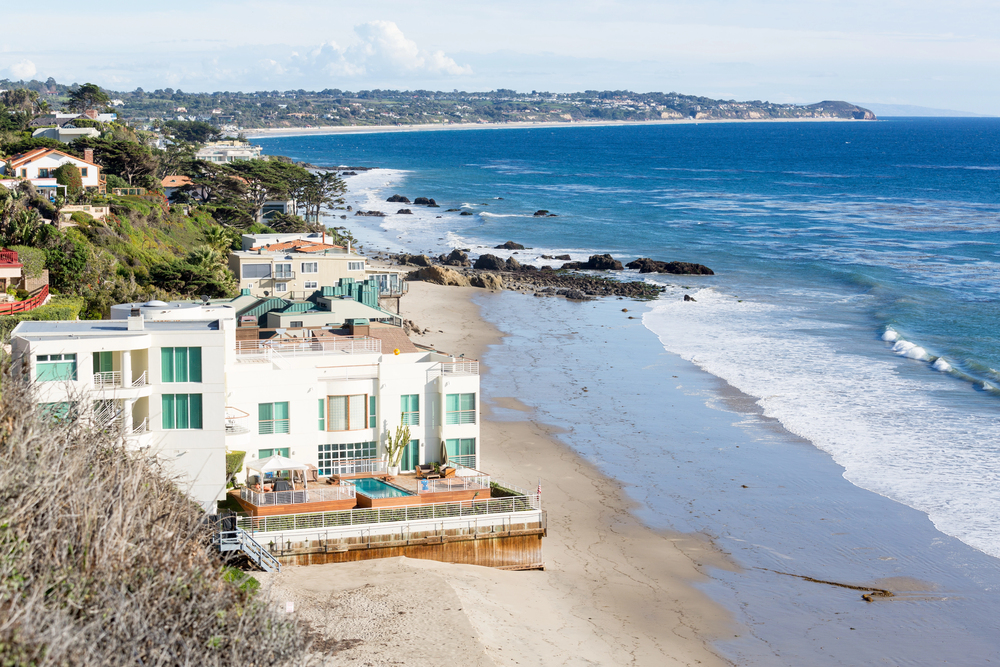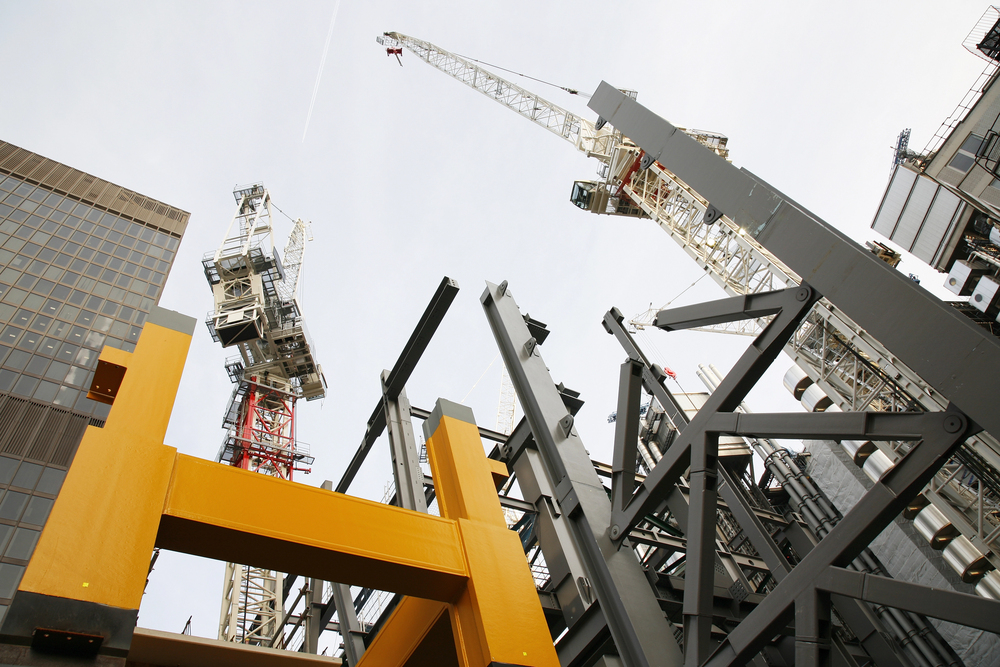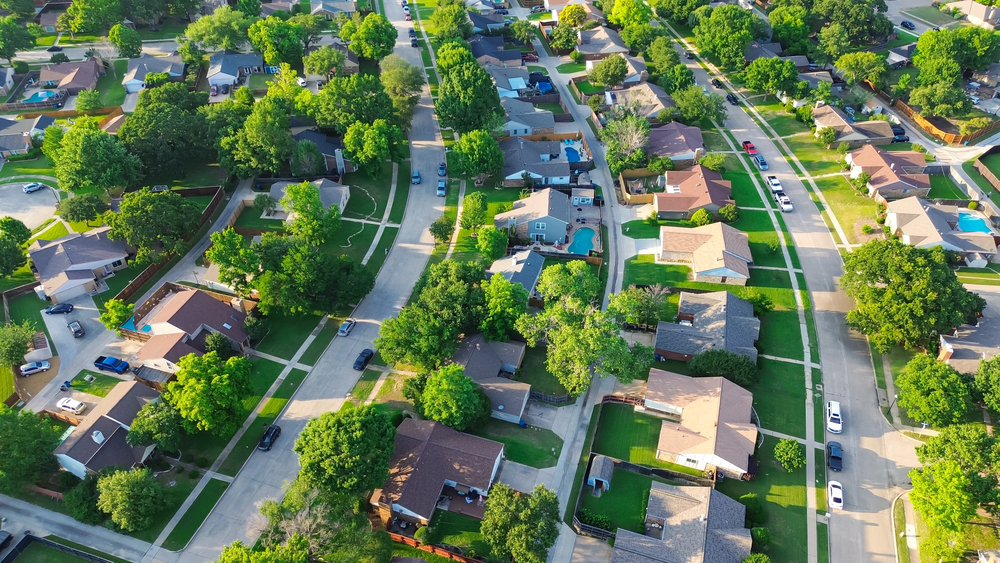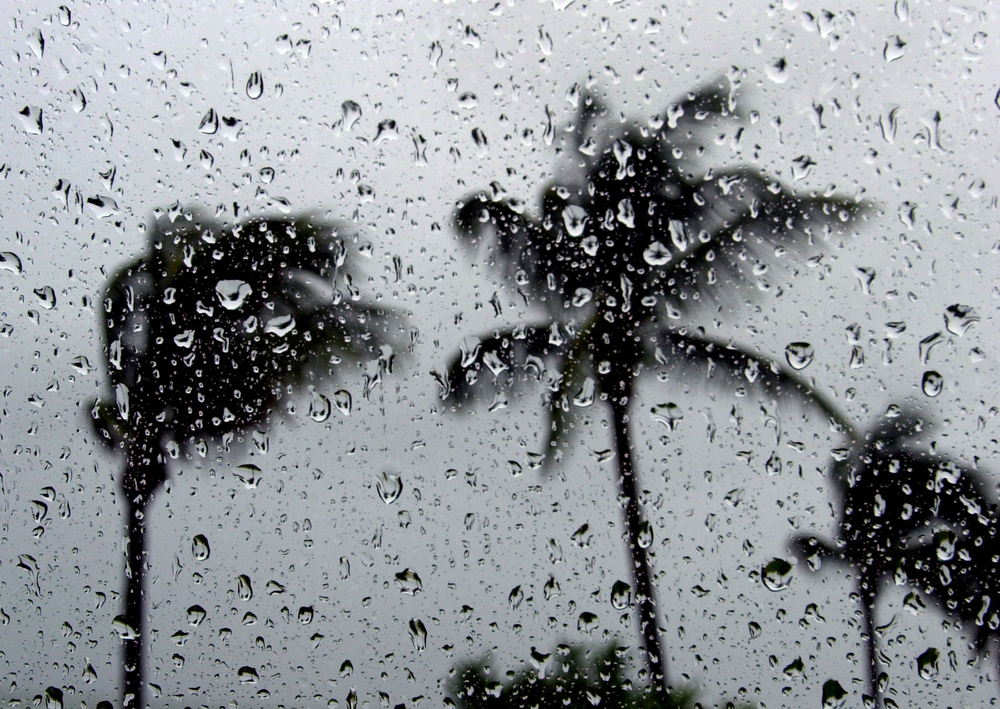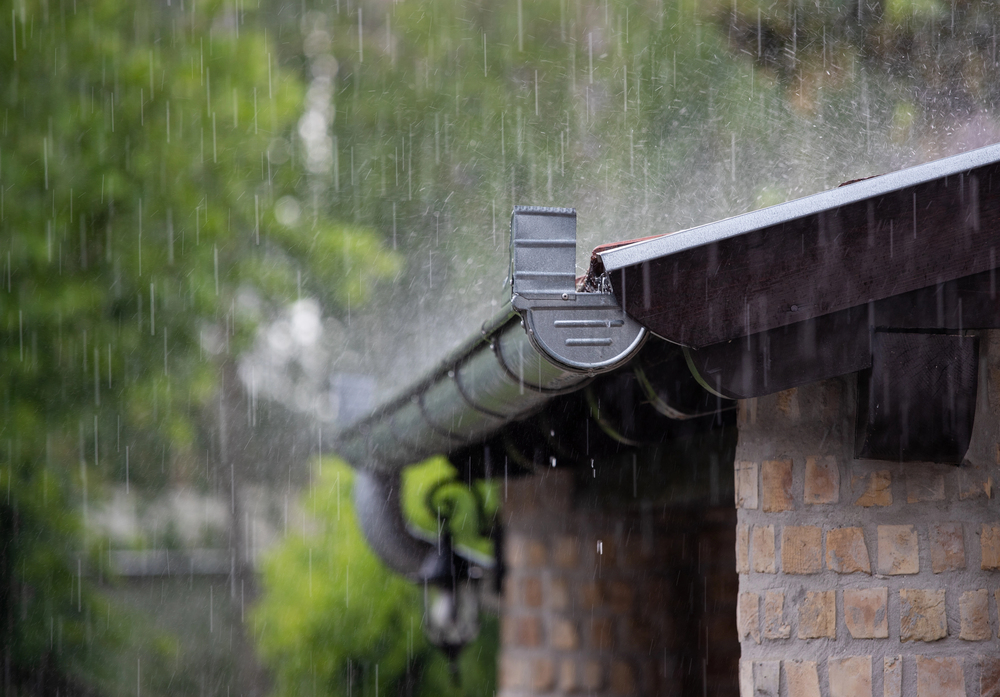1 in 3 US Homes Exposed to High Natural Hazard Risk

By: AnneMarie McPherson
Nearly one-third of the U.S. homes are exposed to a high risk of damage from natural hazards, according to CoreLogic’s 2020 Catastrophe Report, which was published yesterday.
CoreLogic’s report looked at data from approximately 105 million homes, combining the severity and frequency of damage caused by seven natural perils—earthquake, wildfire, inland flood, severe convective storm, winter storm, hurricane and tropical storm coastal surge, and hurricane and tropical storm wind—to find the majority of U.S. homes are exposed to some amount of risk.
However, 35 million homes are exposed to higher natural hazard risk levels. The geographical regions with the highest level of risk are California (primarily earthquake and wildfire); Texas, Oklahoma, Kansas and Nebraska (mostly tornado and hail); along the Mississippi River (river flooding and earthquakes); and large stretches of the Gulf and Atlantic coastal areas (hurricane winds and storm surge and riverine flood).
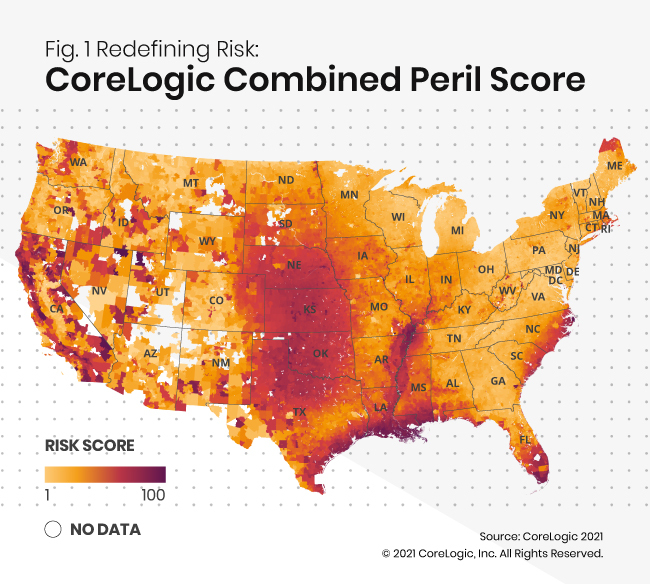
2020 was a year for catastrophes, marking the sixth straight year with more than 10 weather and climate-related events surpassing $1 billion in economic losses—and, through it all, the coronavirus pandemic. By the end of the year, the U.S. had nearly 350,000 deaths and about 20 million total cases of COVID-19 infections.
In April alone, tornadoes ripping through the southeastern U.S. resulted in 34 deaths and over $5 billion in reconstruction costs. In July, 130,000 acres burned in Colorado’s Pine Gulch fire, which, at the time, was a record-breaking number for the state. In October, the Cameron Peak fire surpassed that total when 206,000 acres were destroyed.
The report urges the insurance and mortgage industries to respond to the growing threat of climate change through risk mitigation efforts. Parametric insurance is one such solution resulting from real-time risk assessment technology, allowing for more efficient claims processes and faster payouts for homeowners after a natural hazard claim, the report says.
The report also points to flood insurance reform as a crucial need, as rising flood water is the No. 1 peril for most U.S. homes. By 2030, flooding is anticipated to affect twice as many people globally, according to CoreLogic.
AnneMarie McPherson is IA news editor.




